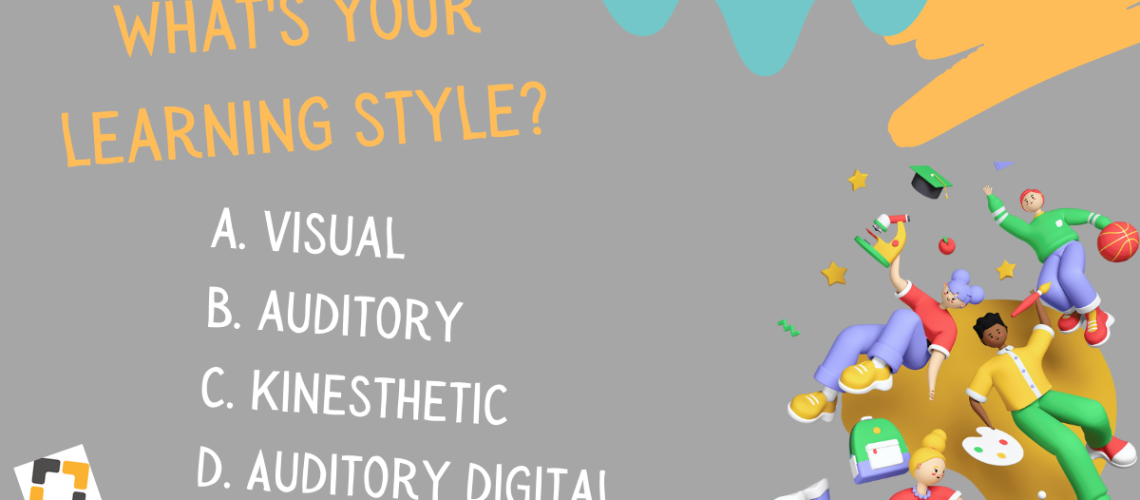Have you ever had a team meeting, shared your wishes on what needs to happen, only to find that only a few of the troops do what you ask?
I often hear things like “I don’t know how many times I have to say something to get them to do it right?”
This is quite common, and a huge source of frustration for managers and owners.
The reason for the lack of uptake from the staff is that everyone learns at a different pace – and most importantly via a different style. The good news is there are only 4 main styles you need to be aware of. If you know what they are, and how to leverage them to your advantage, then you will be amazed at the difference you will achieve with the staff’s learning – and therefore their performance and productivity.
Interested?
Here are some tips and tricks to “dial in” to your staff’s learning styles.
All of us demonstrate a dominance in one style over the others. The styles are:
- Visual
- Auditory
- Kinesthetic
- Auditory Digital
The first 3 are better known as V.A.K. and you may have heard of these already. Here is a “how to guide” to help identify them and tailor your instructions to them.
- Visual
They memorise by seeing pictures & are less distracted by noise. They often have trouble remembering verbal instructions and are bored by long verbal instructions because their mind tends to wander. They are interested in how the process LOOKS.
When talking to Visual people, you say something like:
“If I could SHOW you an ATTRACTIVE way in which you could (add a potential benefit here), you would at least want to LOOK at it, wouldn’t you?
“If this LOOKS GOOD” to you, we will go ahead and FOCUS on it.
When training these people, you need to show them what to do.
2. Auditory
They typically are easily distracted by noise. They can repeat things back to you easily, learn by listening, like music & like to talk on the phone!
Tone of your voice & words used are really important.
When talking to Auditory people, you say something like:
“If I could TELL YOU a way in which you could (add a potential benefit here), you would at least want to HEAR about it wouldn’t you?
“If this SOUNDS GOOD to you, we will go ahead and DISCUSS it.”
When training these people, you need to tell them what to do.
3. Kinesthetic
They often talk very slowly & breathy. They respond to physical rewards and being able to touch. They memorise by doing or walking through something. They will be interested in something that “feels right” or gives them a “gut feeling”.
When talking to Kinesthetic people, you say something like:
“If I could help you GET HOLD OF a CONCRETE way in which you could (add a potential benefit here), you would at least want to GET a FEEL for it, wouldn’t you?”
“If this FEELS GOOD to you, we will go ahead and HANDLE it.”
When training these people, you need to run through it with them.
4. Auditory Digital
They often spend a fair amount of time talking to themselves. They memorise by steps, procedures, and sequences. They will want to know if the process “makes sense.” They can also exhibit characteristics of the three previous styles mentioned above.
When talking to Auditory Digital people, you say something like:
“If I could EXPLAIN to you a specific way in which you could (add a potential benefit here), you would at least want to CONSIDER it, wouldn’t you?
“If this HAS INTEREST for you, we’ll go ahead and THINK IT THROUGH.”
When training these people, you need to explain the detail with them.
Hopefully this sheds some light on why your staff don’t all do as you ask. By tweaking what you say and how you say it, you will be able to unlock the missing productivity you are after. Depending on the mix of learning styles you have in your team, you may have to talk about something up to 4 different ways! But, when you know what each staff member responds best to, you will be able to get much faster results by adapting your approach to these individuals. Good luck!!

